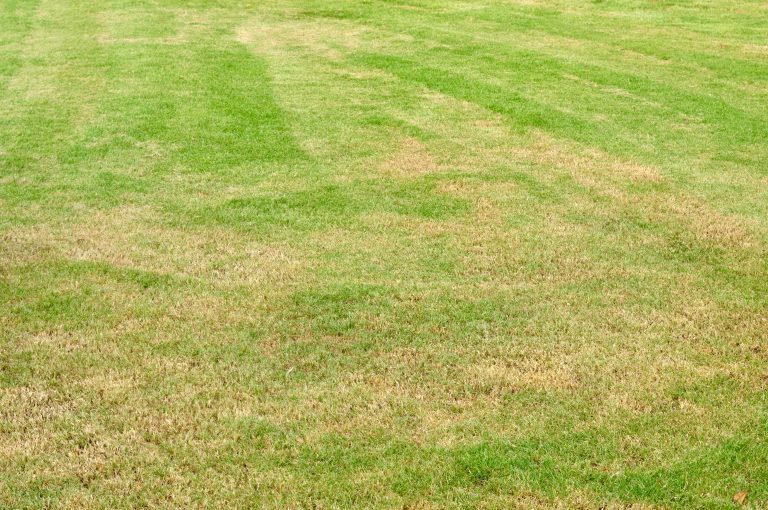
Recycling your grass clippings back into your lawn can actually account for 25% of its annual nitrogen requirements. It is ok to leave your clippings on the lawn every now and again, as clippings are a great source of nitrogen and can act as a natural fertiliser for your lawn. In addition, it has a digestible matter content higher than that of hay. It has been found that silage from grass clippings has a protein content of 18.2%. Grass clippings can be turned into silage for feeding cattle.

After a few days you can strain out the liquid and feed your plants with it. All of the beneficial nutrients like potassium, nitrogen, phosphorus and amino acids will leach into the water. Place your grass clippings in bucket of water and allow them to steep.

The nitrogen and potassium within the clippings are also great at helping to provide fertiliser requirements to your plants. Like many other biodegradable mulch materials, grass clippings help your garden to retain moisture, block out weeds and add nutrient to the soil. Grass clippings can be used in garden beds and as a mulch for vegetable gardens. When combined with brown material to decompose, it provides a great compost material that is high in nutrient that can be recycled back into your garden. Grass clippings are high in nitrogen and break down quickly. Here are some tips we’ve found for utilising your grass clippings rather than getting rid of them in land fill.

All of these extra grass clippings aren’t ideal to be left on your lawn, so you need to find something to do with them. This time of year, you are mowing your lawn what feels like all the time.


 0 kommentar(er)
0 kommentar(er)
